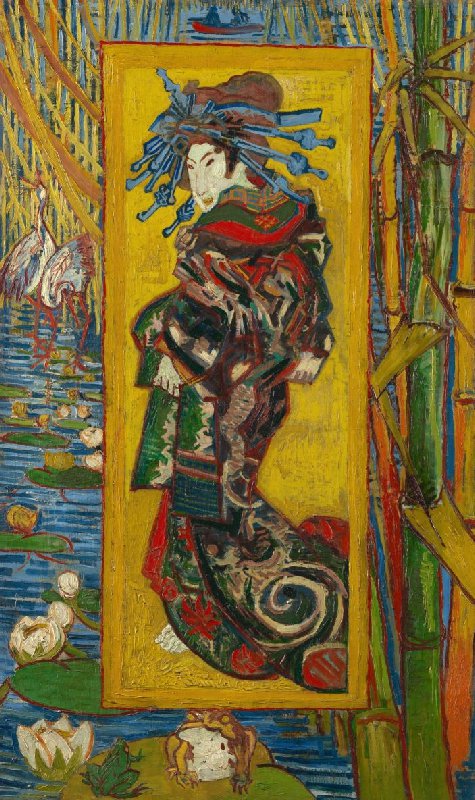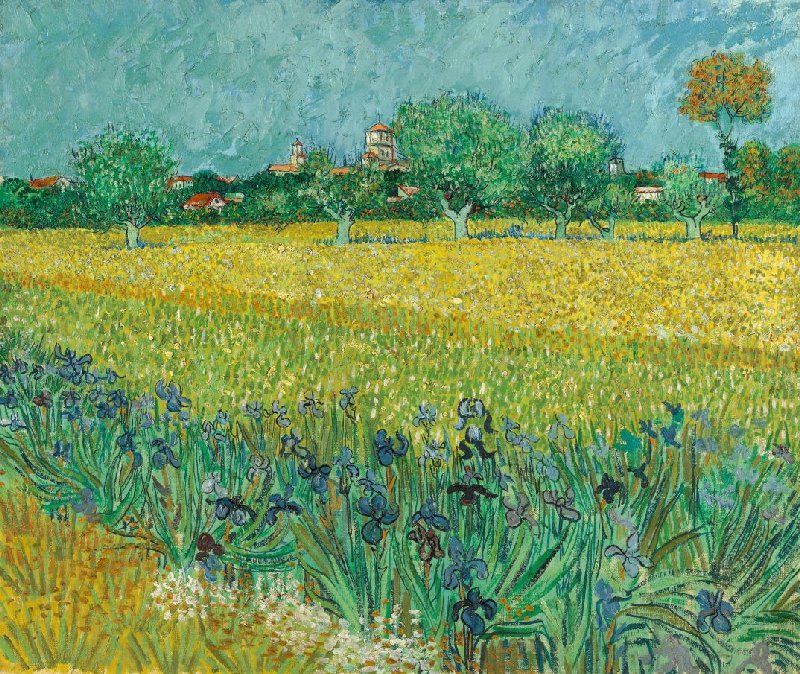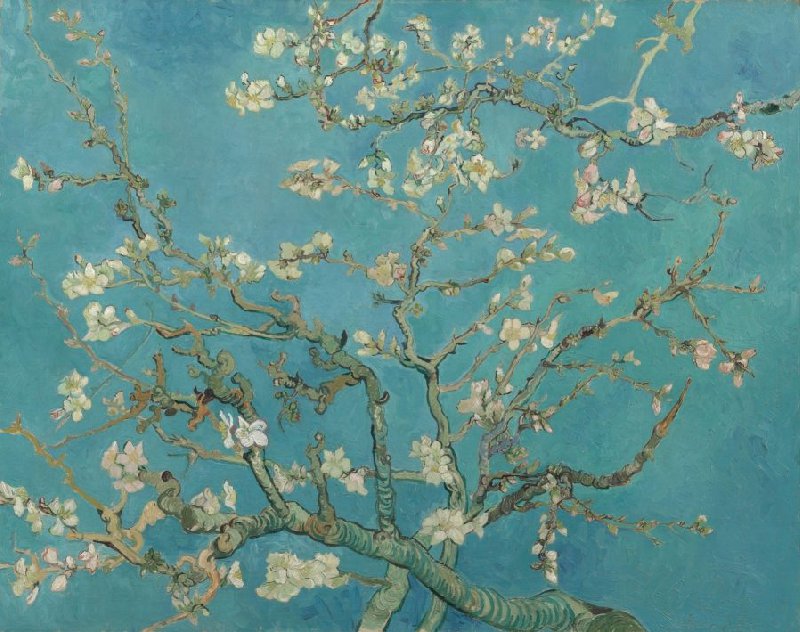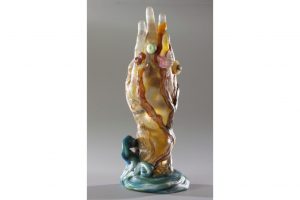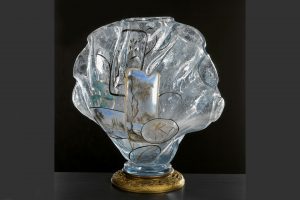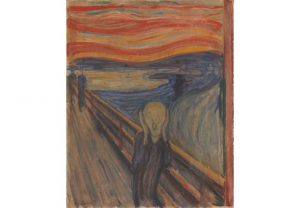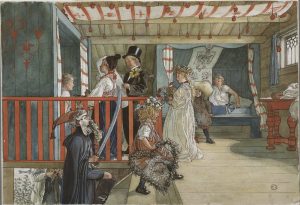In February 1886, van Gogh moved to Paris, which was in the throes of a Japonisme frenzy. Gradually, he became fascinated with ukiyo-e prints and began to use them as a source of inspiration for his own art. The Courtesan in the center is based on Keisai Eisen’s Unryu uchikake no oiran (Oiran courtesan wearing unryu uchikake adorn with a black dragon design), an ukiyo-e that appeared on the cover of the Paris Illustrée magazine. While the thick, clear outlines of the woodblock print remain, the vibrant colors used are not present in the original. The bamboos, reeds, cranes, and frogs seen around the oiran are motifs borrowed from various other ukiyo-e works. Van Gogh studied numerous ukiyo-e works and sought his own unique expression.
Van Gogh Museum: Fascinated by ukiyo-e
Browsing Public Domain Artwork of World Museums
No.008
The term “public domain” refers to intellectual property that is not copyrighted and is freely available for public use. There are art museums around the world that provide open online access to works in their collections. In this article, we showcase works that have entered the public domain and explore the unique value of such collections.
This series of articles presents art museums around the world that offer free online access to public domain works (intellectual property not protected by copyright) in their collections. In this seventh edition, Natsuko Ohashi, curator of the Tokyo Metropolitan Art Museum, introduces works from the Van Gogh Museum, which houses the world’s largest Van Gogh collection, showing the remarkable influence of ukiyo-e. Van Gogh himself was so fascinated by ukiyo-e that he even collected them.
Courtesan (after Eisen) 1887 by Vincent van Gogh
Field with Irises near Arles (1888) by Vincent van Gogh
In February 1888, van Gogh moved to Arles in the south of France. In May, he was delighted to find a small town surrounded by blooming fields, which he described as “like a Japanese dream.” In painting this landscape, van Gogh fully used the techniques he learned from ukiyo-e. The yellow and bright green fields are arranged in such a way that creates a band of color, with its boundary crossing the picture diagonally. The iris in the foreground is intricately detailed with delicate line drawings. The composition brilliantly combines elements inspired by Japanese art, such as the use of diagonals, succinct lines capturing the essence, and the emphasis on foreground motifs.
Almond Blossom (1890) by Vincent van Gogh
The influence of ukiyo-e can be recognized in this work, which was painted five months before his death. Van Gogh has long admired Japanese painters who studied “a single blade of grass,” observing and depicting the humble aspects of nature. Here, too, he focuses solely on the blossoming branches, creating a gentle yet powerful and highly decorative picture. The bold composition, with the tree against the blue sky, is also a typical example of ukiyo-e. This work was given to his brother and sister-in-law to celebrate the birth of their son, named Vincent Willem after Vincent van Gogh. The paintings that his brother Theo took over after Vincent van Gogh’s death and the ukiyo-e collection that the brothers amassed were later inherited by Vincent Willem. He established a foundation to preserve the van Gogh family collection and laid the groundwork for the Van Gogh Museum.
Original Japanese text: Natsuko Ohashi (Curator, Tokyo Metropolitan Art Museum)
Van Gogh Museum
Located on the south side of the canals in the heart of Amsterdam, at the corner of Museum Square, it houses about 200 oil paintings, 500 drawings, and more than 800 letters from Vincent van Gogh’s brother Theo, as well as works by Gauguin and others with whom he had close relationships, and ukiyo-e prints that Vincent van Gogh himself had collected. The museum building is known as the last work of Gerrit Rietveld, the founder of modern architecture, and the exhibition wing (new building) was designed by Kisho Kurokawa.
https://www.vangoghmuseum.nl/en
Address: Museumplein 6, 1071 DJ Amsterdam, Netherlands
Admission: €22 Visitors under 18 are free.


